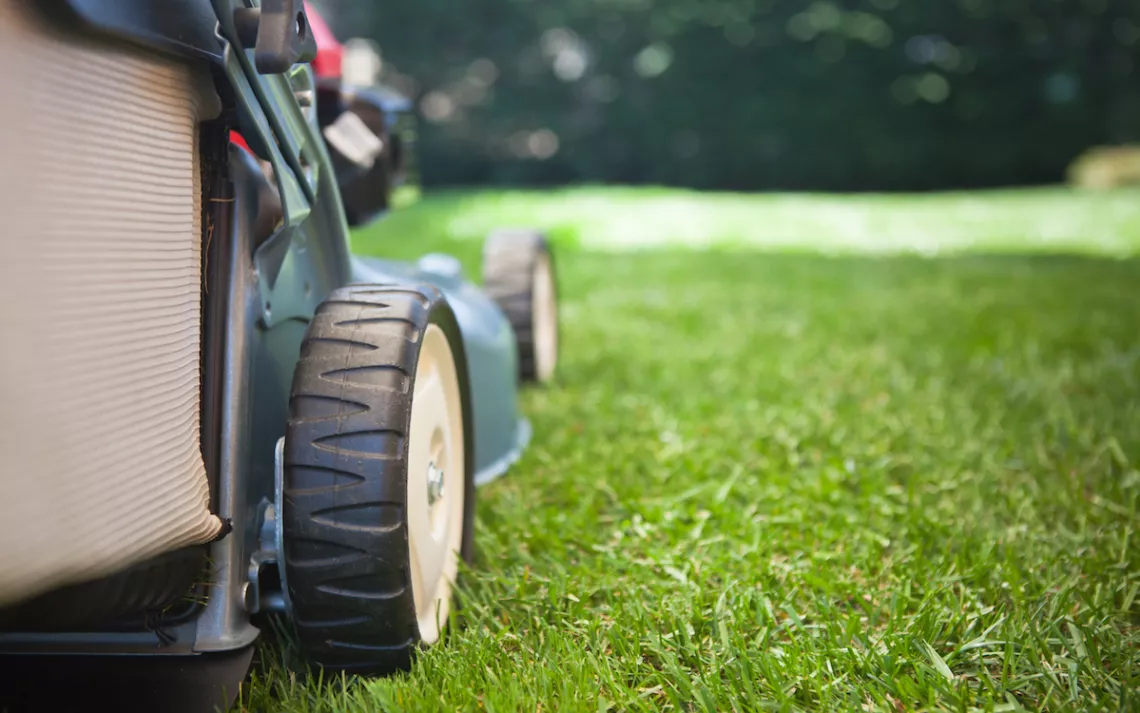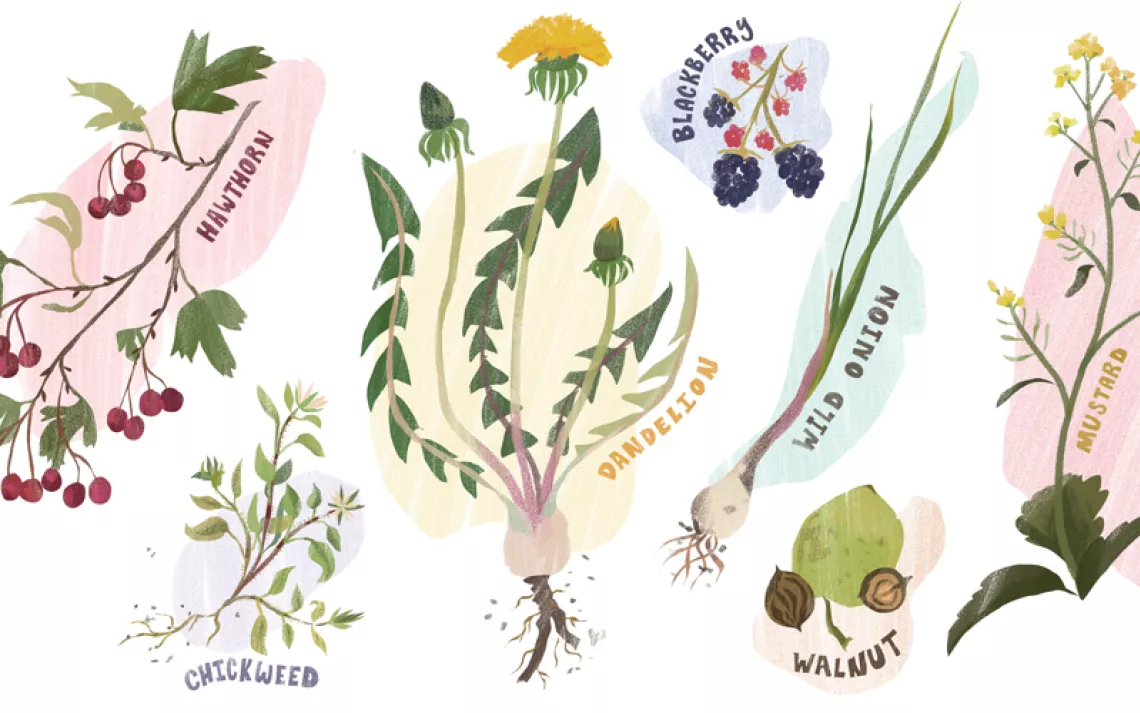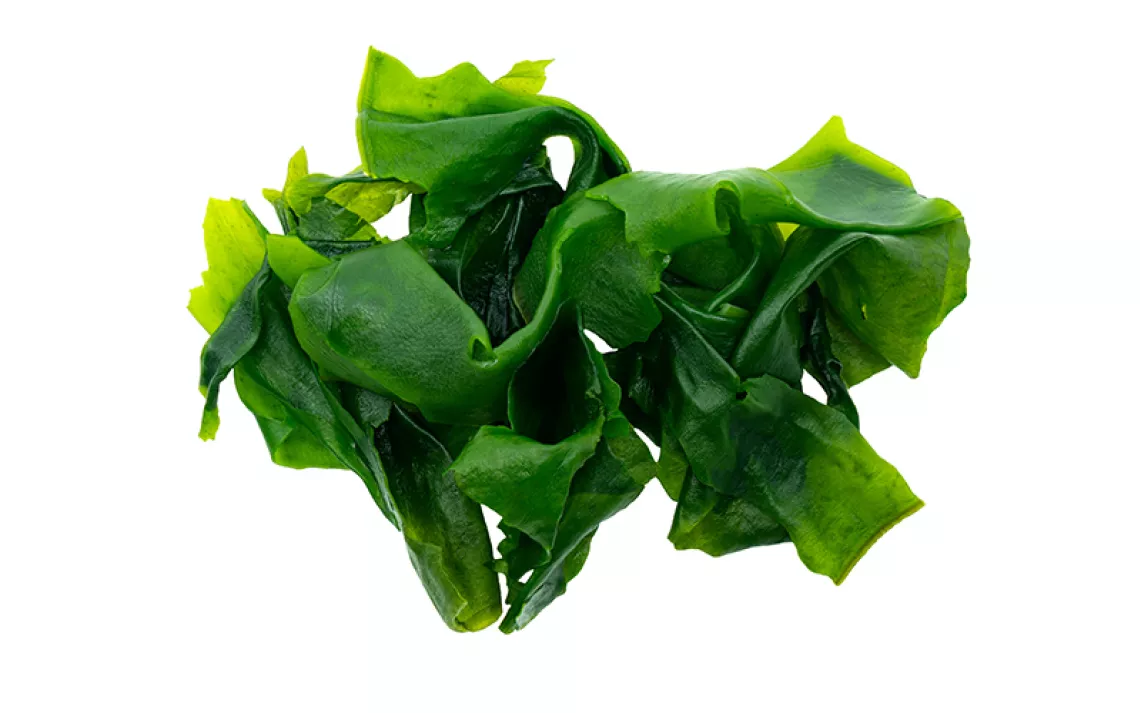What's a Sustainable Way to Keep a Lawn?
Mr. Green gets to the root of it

Photo by stoncelli/iStock
Q: I have been attempting to grow some lush green grass in my front yard, but I am having trouble with dandelions, clovers, and other weeds. I don’t want to call a company and have them spray chemicals on my lawn, but I don't know what else to do. Can you help?
—Sean in Glenview, Illinois
A: Well, Sean, my standard advice is to rip up the lawn and dedicate your land to vegetables and native plants and flowers. But if you just can’t live without that flawless emerald turf and don’t want it doused in chemicals, you could turn to a lawn-care company that uses organic methods to maintain lawns. You should, however, inquire about what sort of bug-killers they use, since many “natural” or “bio-based” pesticides can be as hazardous to desirable insects like bees and other life forms as the synthetic chemical varieties.
If you decide to improve your lawn without shelling out for an organic treatment, I’m afraid you’ll have to engage in that arduous physical discipline known as turfic yoga: Get down and pull up or dig out the offending plants by the roots. There is no magic organic bullet for eliminating “weeds.” However, if the lawn is healthy, it does have a better chance to fight off the “weeds,” so applying a high-nitrogen organic fertilizer will help create a stronger turf. Also, when you mow, don’t shave down to the ground, but leave the grass two to four inches high, and never rake the cut grass out; let it remain to contribute to soil fertility.
Notice that I put “weeds” in quotation marks, because dandelion leaves are edible. They can add a nice bitter tang to salads and are also tasty when sautéed with some garlic or bacon bits or both. The dandelion root, which you must dig out completely if you want to annihilate the flower, can also be roasted and used as a tea.
Dandelion greens are fairly nutritious, containing eight times more vitamin C than romaine lettuce (just a cup of chopped dandelions provides 20 percent of the recommended daily amount), six times the calcium, and three times the iron, plus a hefty dose of vitamin A. The dandelion’s healing properties have been recognized, celebrated, in fact, for several thousand years, but don’t overdo it. Its diuretic properties are well known, and one of its French names, pis-en-lit, obviously derived from the chilling experience of more than a few relatively deep sleepers.
 The Magazine of The Sierra Club
The Magazine of The Sierra Club







